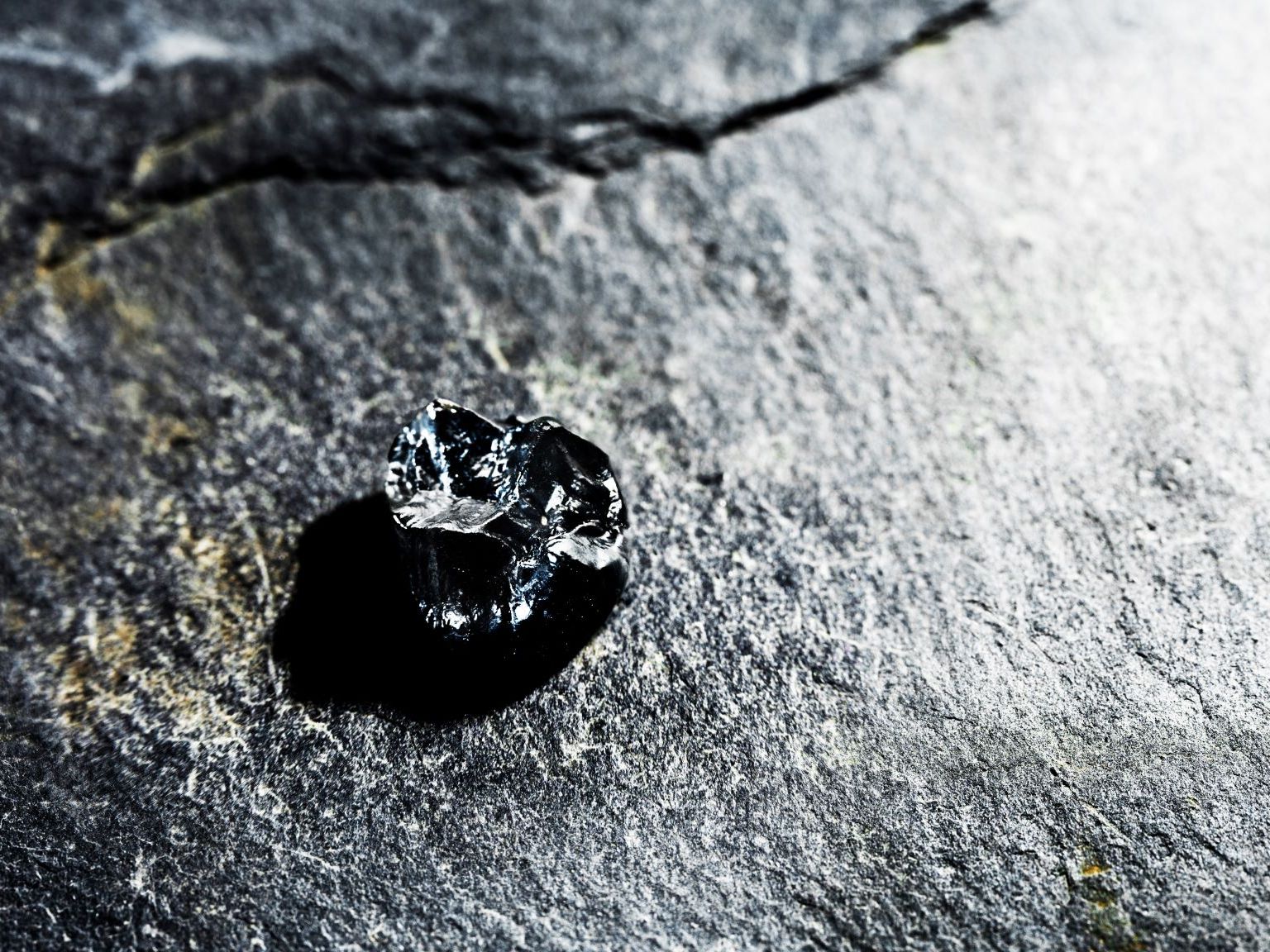Press Releases
07.06.2024
Second great ape species discovered at Hammerschmiede fossil site
Found in Germany: "Buronius" is the smallest known ape and was a contemporary of the great ape "Udo"
An international team of researchers has discovered a previously unknown ape species in the Hammerschmiede clay pit in southern Germany. Buronius manfredschmidi was found close to the great ape Danuvius guggenmosi, known as "Udo". This was about 12 million years ago the first ape with adaptations for walking upright and made the Hammerschmiede excavation site famous. Buronius was contemporary but smaller than Udo, probably lived in trees and had a vegetarian diet. The find shows that the diversity and ecology of European apes millions of years ago was greater and more complex than previously realized.
Professor Madelaine Böhme and her team from the Senckenberg Center for Human Evolution and Palaeoenvironment at the University of Tübingen, along with Professor David Begun and other researchers from the University of Toronto were involved in the study, which was published on June 7th in the journal PlosOne.
The Buronius fossils, two teeth and a kneecap, were discovered several years ago near the Danuvius finds in 11.6 million-year-old sediment. "The deposit conditions allow us to conclude that both apes inhabited the same ecosystem at the same time," says Thomas Lechner, excavation manager at the Hammerschmiede.
The size of the fossils indicates that Buronius weighed only around 10 kilograms. It was therefore significantly smaller than any of today’s apes, which reach between 30 kilograms (bonobo) and over 200 kilograms (gorilla); and that it was also smaller than Danuvius, which weighed between 15 and 46 kilograms. The body weight of Buronius is comparable to that of the siamangs, relatives of the gibbons from South-East Asia.
"Buronius' kneecap is thicker and more asymmetrical than Danuvius'," adds Böhme. This could be explained by differences in the thigh muscles. It is possible that Buronius was better adapted to climbing trees.
Buronius ate leaves and Danuvius was omnivorous
The study of the tooth enamel of both apes from the Hammerschmiede site provides deeper insights into their way of life. In primates, the thickness of tooth enamel is closely linked to their diet. Very thin tooth enamel, such as that of gorillas, indicates a fiber-rich vegetarian diet. Thick enamel, as found in humans, is an indication of an omnivore which consumes hard or tough food using a strong bite.
"The enamel in Buronius is thinner than that of any other ape in Europe and is comparable to that of gorillas. The enamel of Danuvius, on the other hand, is thicker than that of all related extinct species and almost reaches the thickness of human enamel," says Böhme. The different enamel thickness corresponds to the shape of the chewing surfaces. The Buronius enamel is smoother and has stronger cutting edges; that of Danuvius is notched and has blunt tooth cusps. "This shows that Buronius ate leaves and Danuvius was an omnivore."
How Buronius and Danuvius shared a habitat
If two species live in the same habitat (known as syntopy), they must use different resources in order to avoid competition. The context in which the Hammerschmiede fossils were found is the first evidence of syntopia in apes in Europe. It is likely that the small, leaf-eating Buronius spent more time in the treetops and on branches, say the authors. Danuvius, on the other hand, which was more than twice as large and could walk on two legs, probably roamed a wider area to find more diverse food resources. This is comparable to the current syntopy of gibbons and orangutans on Borneo and Sumatra: While orangutans roam in search of food, the small fruit-eating gibbons stay in the treetops.
Publication:
Madelaine Böhme, David R. Begun, Andrew C. Holmes, Thomas Lechner & Gabriel Ferreira. Buronius manfredschmidi - A new small hominid from the early late Miocene of Hammerschmiede (Bavaria, Germany). PlosOne , DOI: https://doi.org/10.1371/journal.pone.0301002
Buronius’ namesake
In the late 1970s, the dentist Manfred Schmid of Marktoberdorf and the (now deceased) amateur archaeologist Sigulf Guggenmos discovered valuable fossils in the former "Hammerschmiede" claypit. In honor of Manfred Schmid, the new ape species was named Buronius manfredschmidi. The name Buronius is derived from the medieval name of the nearby town of Kaufbeuren - Buron.
The Hammerschmiede
The University of Tübingen and the Senckenberg Centre for Human Evolution and Palaeoenvironment have been carrying out scientific excavations at the site since 2011 under the direction of Prof. Dr. Madelaine Böhme. Since 2017, these have also been taking place as a citizen science project and have been financially supported by the State of Bavaria since 2020. Around 40,000 fossils of 150 vertebrate species have been recovered so far, including the two great apes and other mammal species new to science.
Contact:
Professor Dr. Madelaine Böhme
University of Tübingen Senckenberg Center for Human Evolution
and Paleoenvironment
Phone +49 7071 29-73191
m.boehme@ifg.uni-tuebingen.de
Professor David Begun Ph.D.
University of Toronto
Phone +1 416 978-8850
begun@chass.utoronto.ca
Contact for press:
Eberhard Karls Universität Tübingen
Public Relations Department
Oliver Häußler
Temporary Director
Antje Karbe
Press Officer
Phone +49 7071 29-76789
Fax +49 7071 29-5566
antje.karbe@uni-tuebingen.de
All press releases by the University of Tübingen

